-
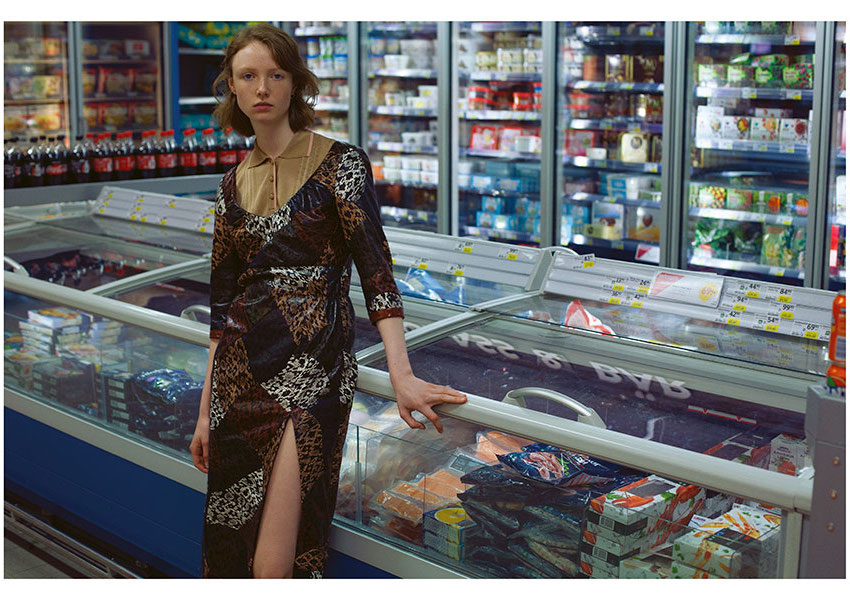
Magical Laboratory. Interview with Designer Marianna Rosati
If Italy is globally famous for its intricate manufacturing of luxury goods, leather holds an important place within the country’s heart, renowned for its eye-catching bags and striking footwear. Several major fashion players have built their fortune on accessories as opposed to clothing. This is rather different with DROMe, the label headed by Italian designer Marianna Rosati who lives and works in Tuscany. Interview with Marianna Rosati by Philippe Pourhashemi. Photography by Magnus Magnusson
-
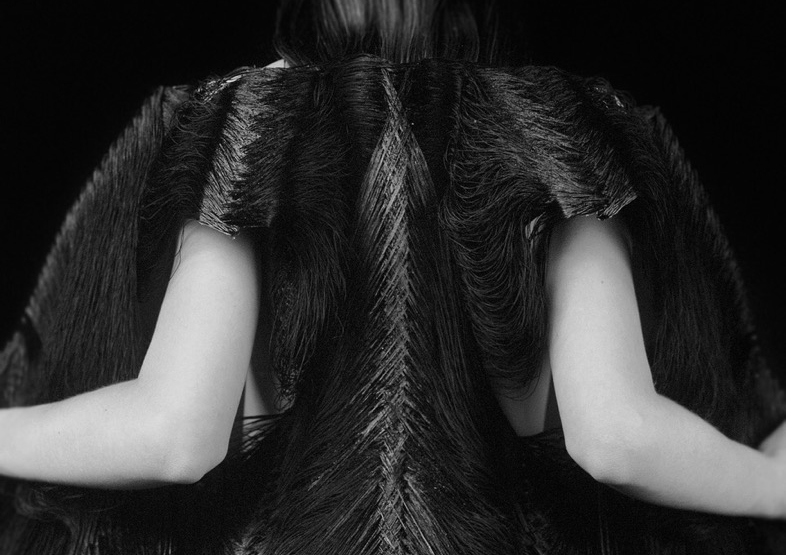
Clinique Vestimentaire. Interview with Jeanne Vicerial
Up till now, the two main techniques of fashion production have been ready-to-wear and tailor-made. But is there are third way? According to Jeanne Vicerial, the answer is yes. We spoke to the Parisian mastermind behind the project “Clinique Vestimentaire,” who has launched the revolutionary technique ‘prêt-à-mesure.’ When working as a fashion designer in ready-to-wear, Jeanne realized that the concept of the individual body in all its variations and complexities had completely disappeared from the creative chain. By combining theory and practice, she dedicated her doctoral research to rethinking existent production models. ‘Prêt-à-mesure’ is a ready-to-measure technique that combines tailor-made and ready-to-wear, and Jeanne has even developed a weaving machine that produces woven garments based on individual measurements, without any textile waste. By doing so, she has revitalized and deepened the discussion of how to make sustainable fashion a new paradigm.
-
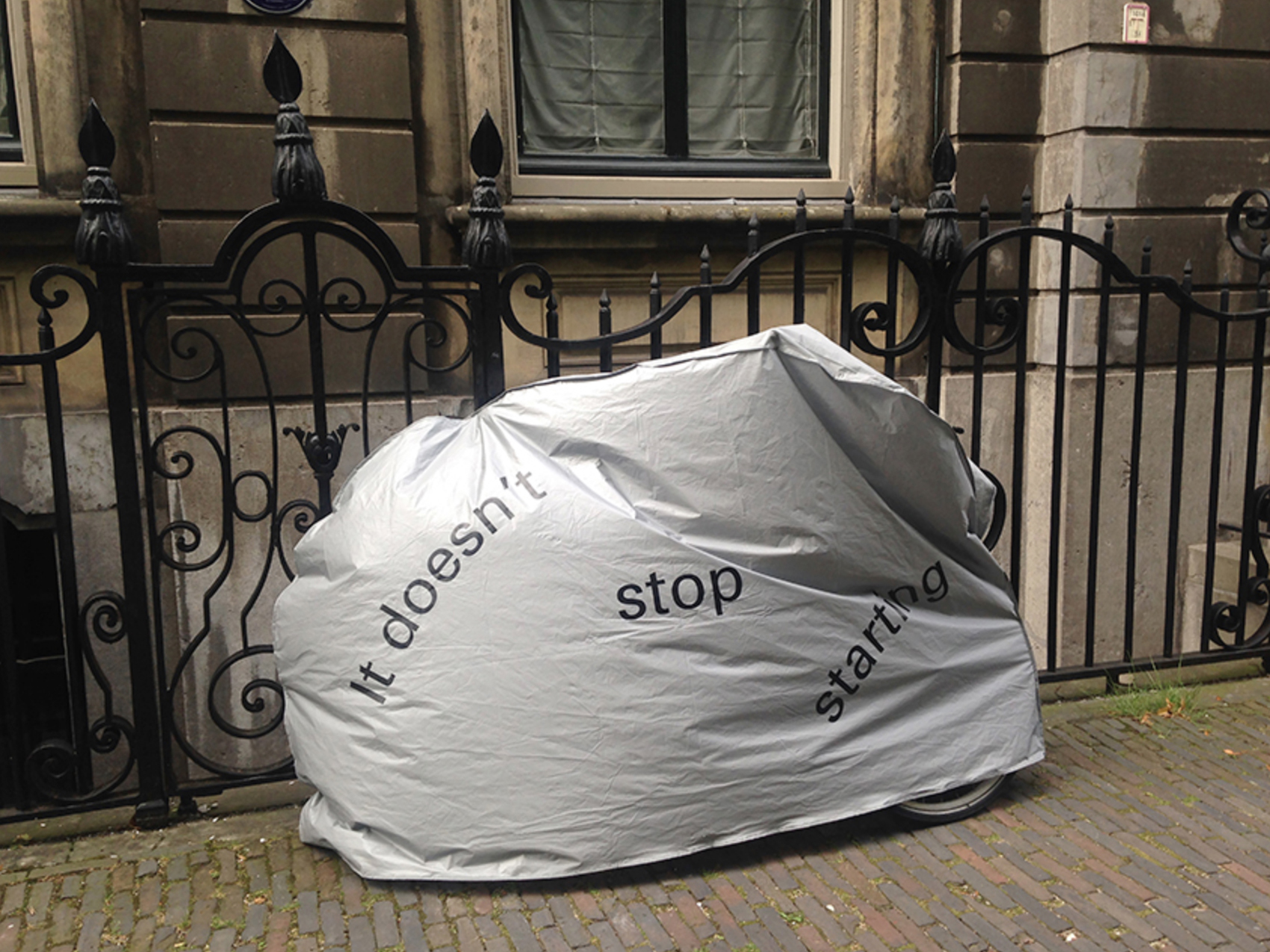
Surfaces of Real. Interview with Artist Jeannette Slütter
The action of covering up does not simply hide but it may also reveal. The contrast between the making of evident and veiling is rooted in an approach to what we know and the ways in which we know. The artist Jeannette Slütter speaks about this dispute, creating environments of oxymoronic displacement. In her work, surfaces and practices of veiling may not simply be an obstacle but it often becomes a method of questioning. In this sense, the surface becomes not only a space of superficiality and corruption but also a space for disputing the superficial and its meanings. Not simply a manner to dispute what the Real is but – most importantly – what makes the Real and when we encounter the Real.
-
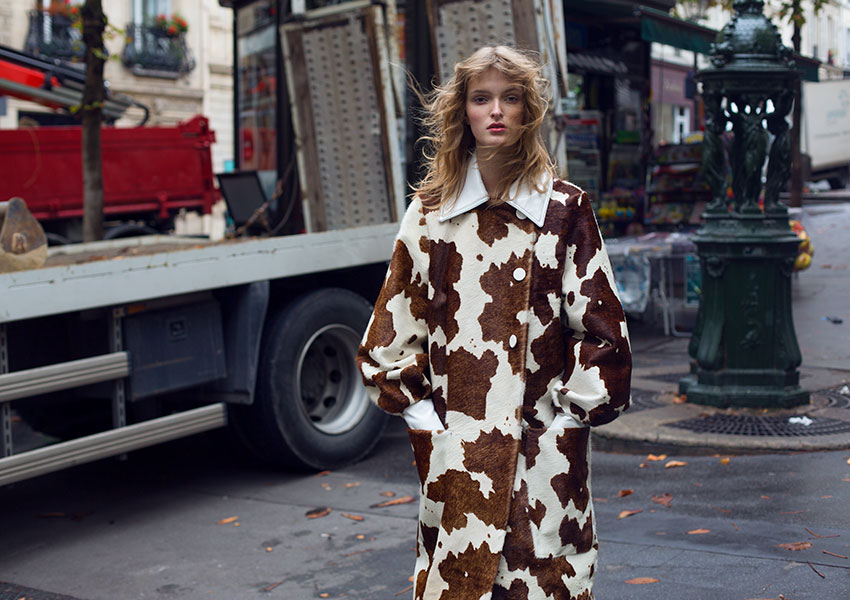
Big Time Sensuality. Interview with Designer Johanna Senyk
Johanna Senyk is the Paris-based mastermind behind womenswear brand Wanda Nylon. Her concept was simple at first: she wanted directional and stylish waterproof clothes that could complement a trendy wardrobe. Capitalizing on her own singularity and tapping into the fashion world’s ongoing obsession with fetishism and anything kinky, Wanda Nylon has quickly become a desirable brand, attracting press and buyers. Now, Senyk shows her collections in Paris seasonally and has stockists worldwide. Interview by Philippe Pourhashemi
-
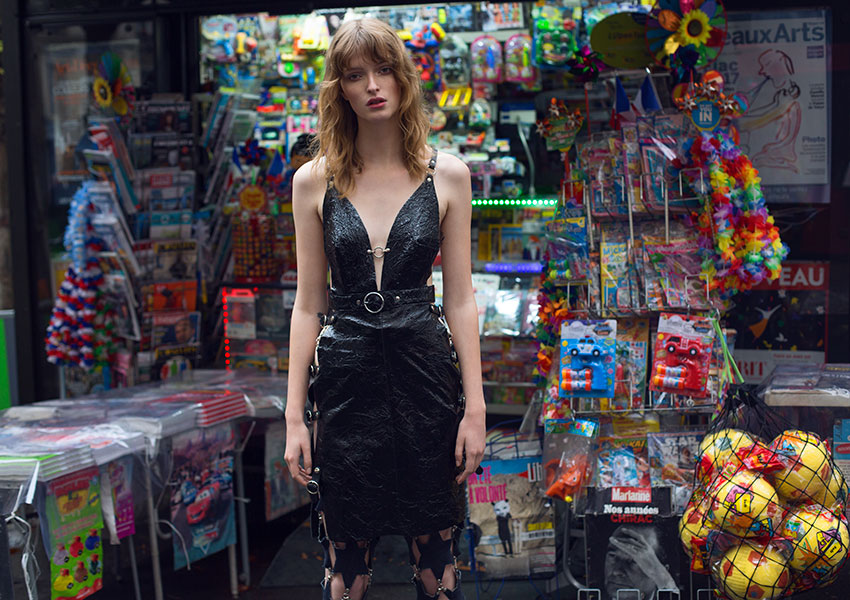
Sensory Pleasures. Interview with Zana Bayne
Pushing the boundaries of fashion is something Zana Bayne clearly excels at. Founded by herself and Co-Creative Director Todd Pendu, Zana’s eponymous brand quickly gained attention with its fetish-inspired accessories, highlighting the key relationship between sex, leather and skin. Since its launch in 2010, the brand has attracted famous musicians, actors, artists and private clients alike, who quickly became fans of Zana’s handcrafted harnesses, belts, chokers and bags. I caught up with her and Todd to discuss the evolution of their brand, why fashion still loves fetish and how being copied is ultimately unavoidable. Interview by Philippe Pourhashemi
-
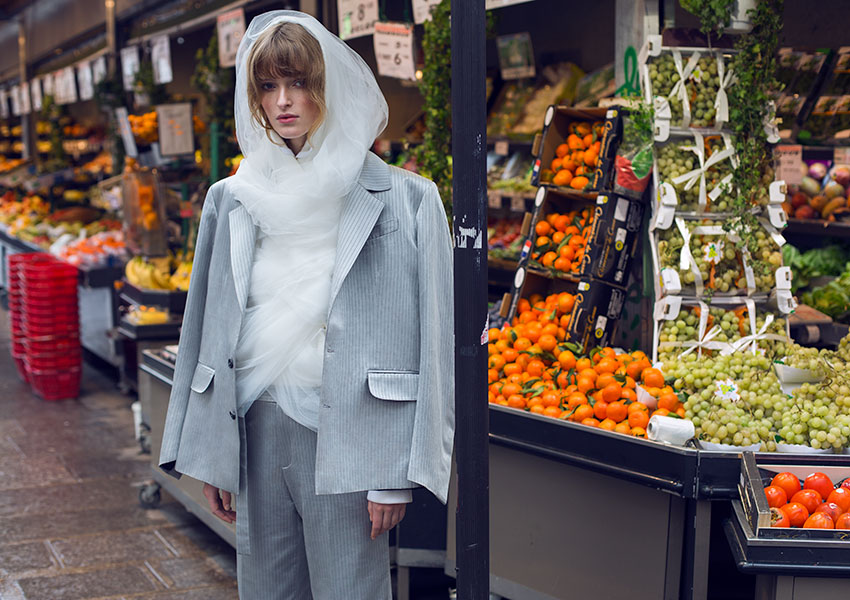
Guts and Intellect. Interview with Designer Glenn Martens
This year’s ANDAM Prize winner has several reasons to be happy. In a few years, Glenn Martens has turned Y/Project into one of the buzziest and most sought-after brands in Paris, doubling stockists each season and gaining recognition from the press. Martens can simultaneously dress Rihanna, his best friends and beloved grandmother in Y/Project, because his clothes have a deeply human quality. Interview by Philippe Pourhashemi.
-
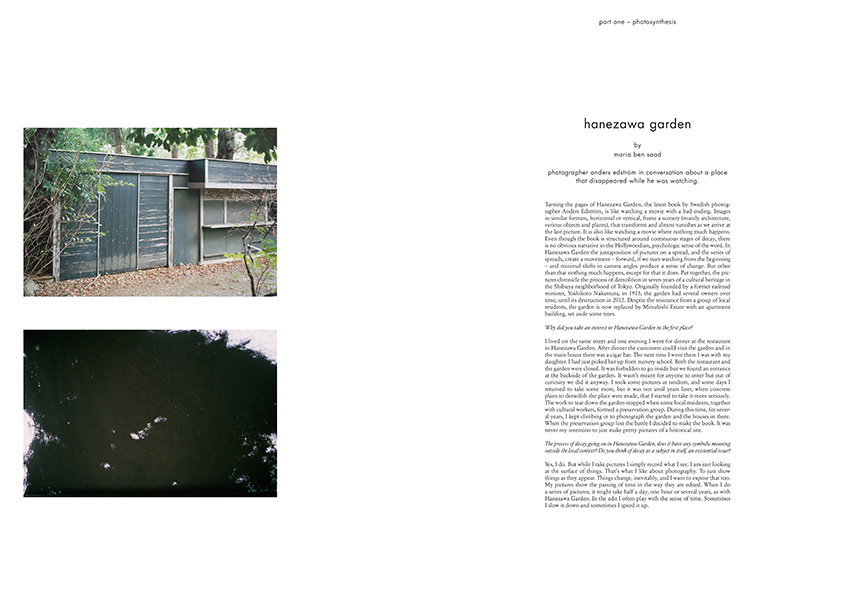
Hanezawa garden. Interview with Photographer Anders Edström
Photographer Anders Edström in conversation about a place that disappeared while he was watching. By Maria Ben Saad.
-
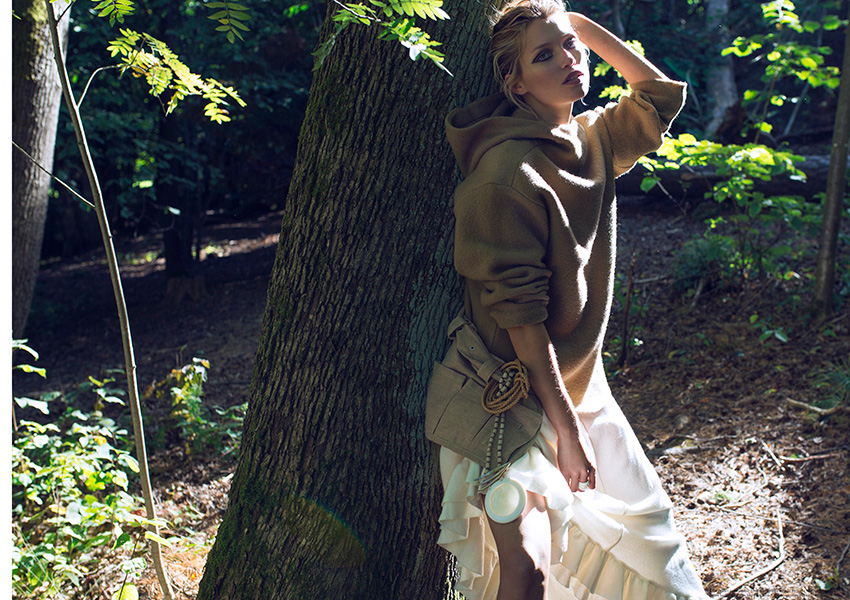
Nature as Culture. Essay by Maria Ben Saad
While researching this text I returned to Barbara Kruger’s iconic picture from 1983 with a black and white image of a woman’s face partly covered with the words: “We won’t play nature to your culture.” True to a feminist agenda, the picture rejects artificially determined gender roles, building on the dichotomy of “culture” (superior and male) versus “nature” (inferior and female). Kruger challenges not only the dichotomy itself – the binary opposition of nature and culture – but also the legacy of a power structure, where culture is considered to be of higher rank than nature, as well as the tradition of associating culture with male and nature with female. By Maria Ben Saad
-
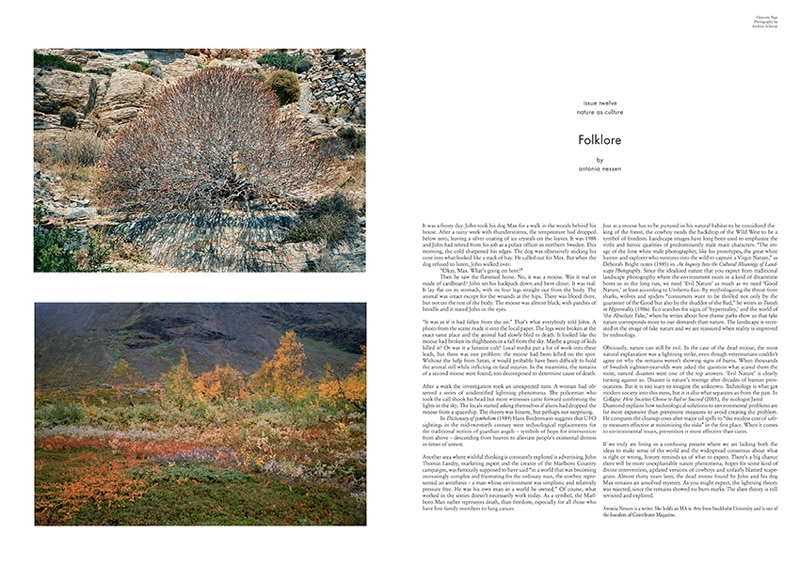
Folklore. Essay on Landscape Photography by Antonia Nessen
It was a frosty day. John took his dog Max for a walk in the woods behind his house. After a rainy week with thunderstorms, the temperature had dropped below zero, leaving a silver coating of ice crystals on the leaves. It was 1988 and John had retired from his job as a police officer in northern Sweden. This morning, the cold sharpened his edges. The dog was obsessively sticking his nose into what looked like a stack of hay. He called out for Max. But when the dog refused to listen, John walked over.
-
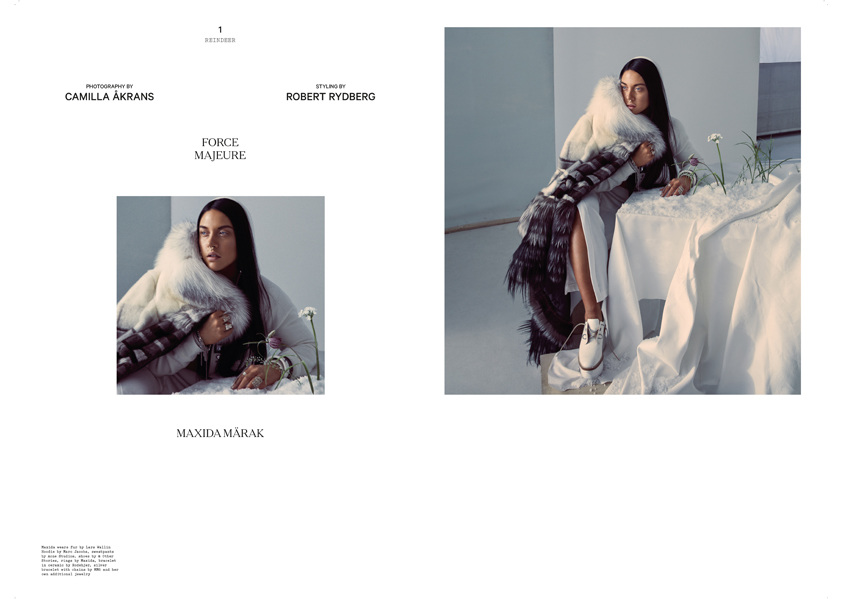
Maxida Marak. Cover Story and Interview
Music is an effective political weapon. Maxida Märak is a hip-hop musician who has become a leading figure in the resistance to the growing mining industry in Sápmi, the northern mountainous region of Sweden. By Antonia Nessen
